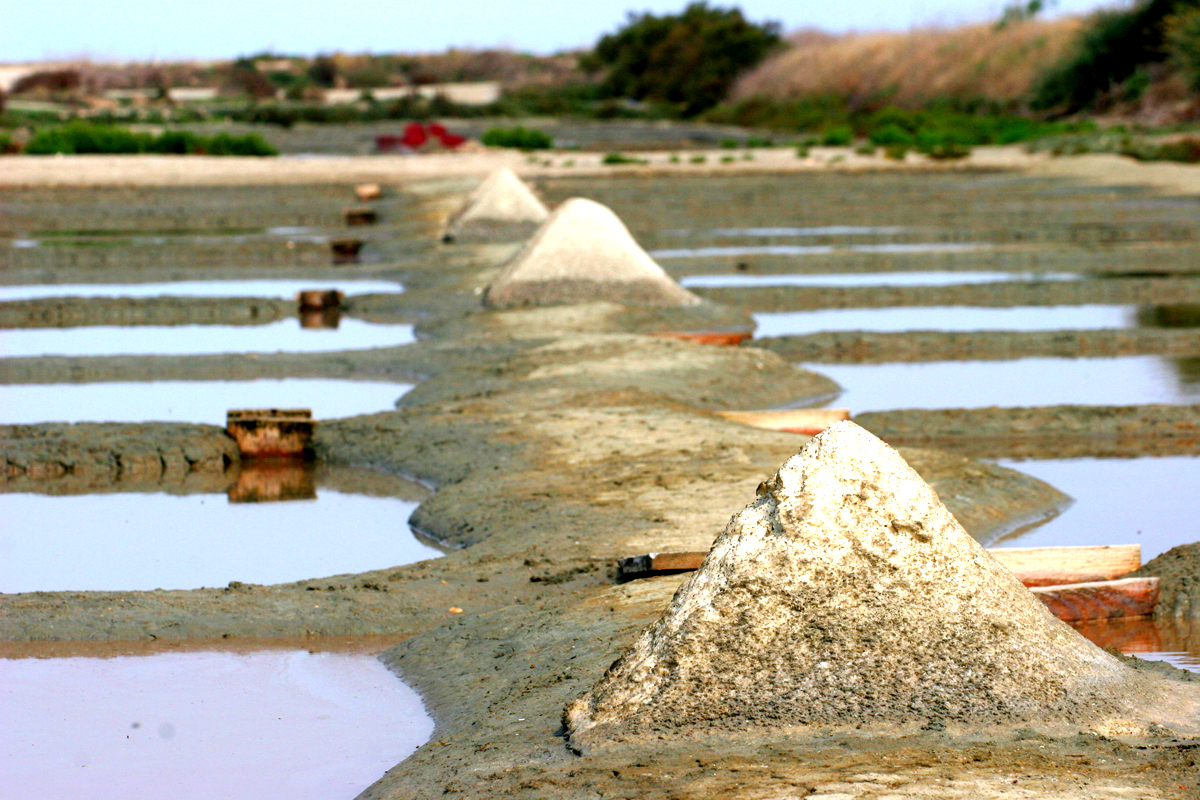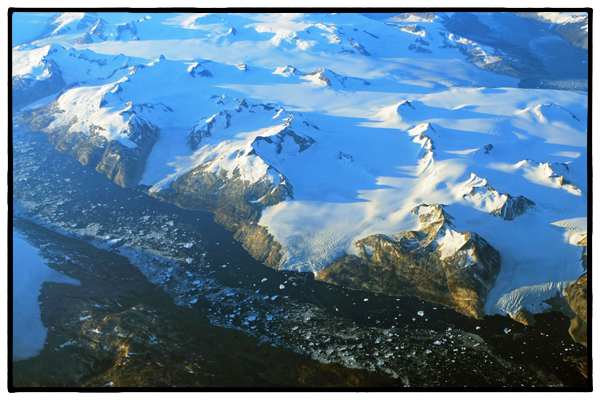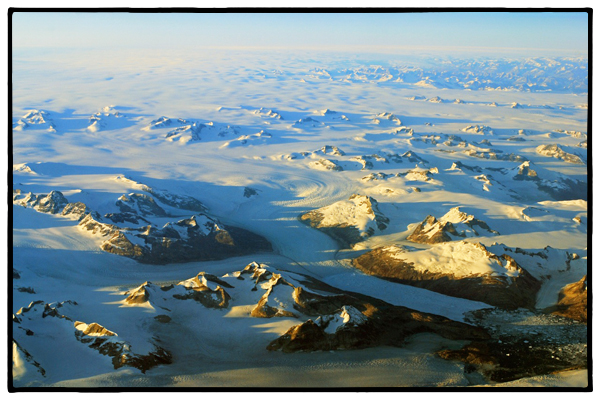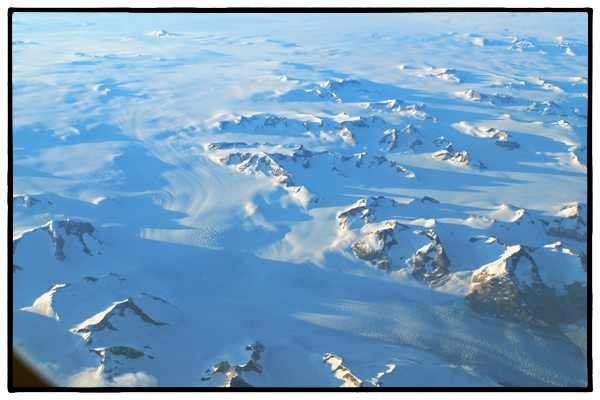I’m at the car-rental counter inside the Bordeaux airport, pondering a map of France. Feeling a bit groggy, I nonetheless notice that my destination—a small island somewhere off the western coast of mainland France called Île de Ré—doesn’t exist. At least, not on this map. There’s the obvious brown thing, France, and the blue thing to the left, which must be the Atlantic Ocean, but nothing in between. No little obvious speck to suggest an isle. Is Île de Ré some sort of oceanic Oz?
“Excusez-moi, s’il vous plaît,” I say to the perky car-rental gal whose name tag, I swear to God, says Glenda. “How do I get to Île de Ré ?”
The petite French people behind the counter giggle at this question, but Glenda only smiles and says, “Why that’s simple. Just follow the road to Paris.”
“Follow the road to Paris?”
“Yes, follow the road to Paris.”
Shall we all chime in now?
So off I go to…the road to Paris. There are no lions and tigers and bears, but there are swaying fields of gigantic sunflowers, a frightening thunderstorm and a forest of confusing road signs pointing thither and yon that only leads me in circles. Five hours into a journey that Glenda assured me would take no more than three, I finally find the yellow brick road: a swooping, nearly two-mile-long bridge connecting the port city of La Rochelle, on the west coast of the mainland, to Île de Ré .
The sun is just beginning to set and the bridge sparkles, disappearing into a haze at the other end, appearing to drop precipitously down into the sea. Is there really land on the other side? As I cross the bridge in my cool little Citroën, hurtling through puffy, dark clouds, I feel as if I am falling through the sky. A swirling American plummeting toward a magical French isle.
Listen, I don’t like little yappy dogs, and I’m not from Kansas. I’ve always lived near the ocean, but I seldom swim in it. The sea both mesmerizes and terrifies me. When I am in it, I am always aware of the enormity of the unknown beneath me and the downward pull. Being in the ocean reminds me all too well that I am little more than a stressed, frantic sardine who spends most of his time darting in circles with no clear destination in mind. I worry that, sooner or later, I will grow tired of all this movement and slip beneath a wave. In short, I sometimes feel like a drowning man.
I am never completely satisfied when I travel and my friends say, What is it you want? Here’s what I want: I want to be somewhere like Île de Ré long enough that I not only know how to properly say huîtres without embarrassing myself but know precisely who, on the island, sells the best. I want to know when market day is in every village and be on good enough terms with the fish monger that she holds the best hommard back, knowing I will ask for it. I want the waiter at my favorite café to greet me warmly when I show up on a busy mid-August evening and to pull a table in off the street and have it set, even though he has been telling everyone else for an hour that the restaurant is complet.
I want to know the difference between saucisson noix and saucisson noisettes. In short, I don’t want to go to the aquarium and lean against the glass, staring at the fascinating fish that are so close but so inaccessible. I want to immerse myself in the tank. I want to dive in and joint them. Despite my fear of water.
Is that too much to ask?







Recent Comments